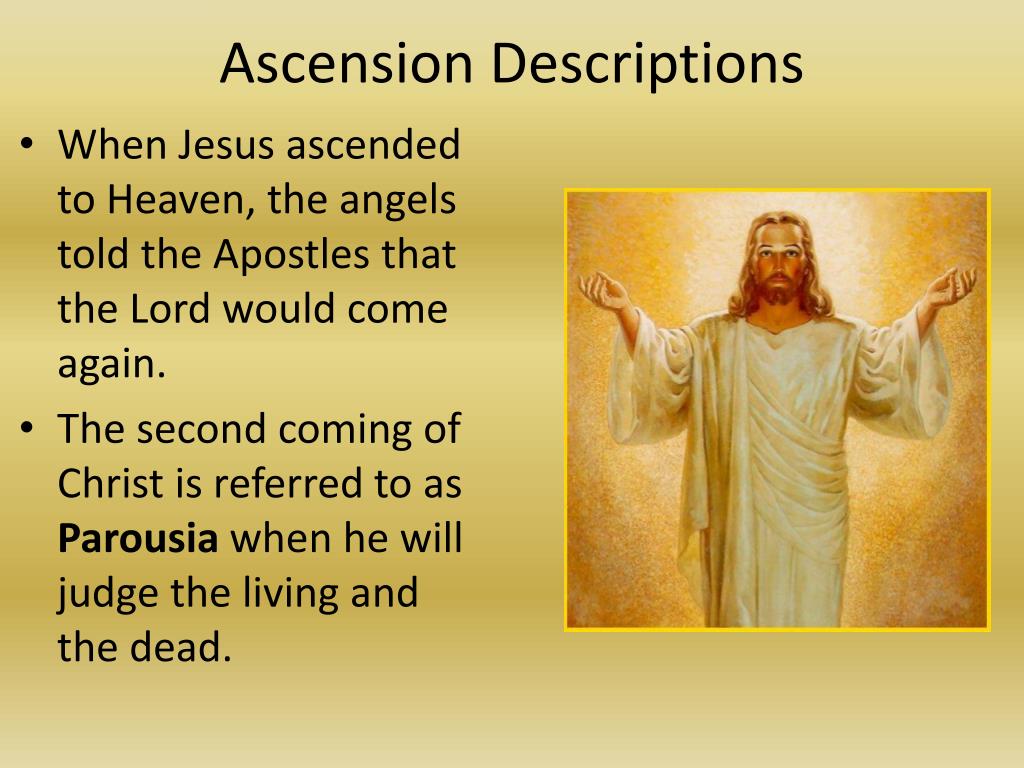
If the telescope is pointed ½° wrong, your object will be on the edge of the field where it will go unnoticed. Suppose your lowest-power, widest-field eyepiece gives a 1° true field of view, typical of amateur instruments. If you want to find objects anywhere in the sky by dialing their coordinates, you should understand the many precise adjustments required to your telescope. Work out your offsets indoors beforehand, and write them in your observing notebook. Offsetting is especially efficient when you plan to survey many objects in a small area of sky. Perhaps your finderscope is too small or the light pollution too bad, or you've repeatedly gotten lost in a difficult field and want to try a new tack. Perhaps you don't have a map that shows enough stars for you to home in on the exact point. Offsetting can be very useful if the normal method of finding objects - star-hopping with the aid of a good map - isn't working. Try to read the declination dial to a tenth of a degree and the right ascension dial to one minute or better. So express your declination offset in degrees and right ascension in minutes. Most setting circles have rulings every 1° in declination and every 5 minutes of time in right ascension. The result tells you how far from the star to swing in declination going north (or south if the value is negative), and how far in right ascension going east (or west if negative). Subtract the right ascension and declination of the star from those of the object. Look up the coordinates of your target object and any fairly bright star within 10° or so of it.

(Instructions for polar alignment come with most equatorial scopes.) The polar axis of the mounting should be aimed at the celestial pole to within a couple of degrees.

(These are identified by their 0 to ☑2 hour markings that can't be set to anything but 0 when the scope is pointed at the meridian.)įirst check that the telescope is polar-aligned moderately well. This method works even with the oldest-style setting circles that only read hour angle from the celestial meridian instead of right ascension.

This is the offsetting method of finding objects from a known star. Their inherent inaccuracies give less trouble if you use setting circles only to measure your way a few degrees across the sky rather than all around the celestial sphere. We will discuss this simpler type of use first, then go on to the more exacting applications. The problem is that many adjustments and alignments have to be done very precisely before the circles will display right ascension and declination accurately enough to find objects "blind." Rarely are all of these adjustments made.īut if you have some knowledge of the sky, you can use the circles for less demanding tasks that have looser accuracy requirements. But having absorbed this lesson, many observers scorn their setting circles forever after, even in situations when they might be quite helpful. More recent "digital setting circles," electronic readouts that tell where a telescope is pointed, can be vastly more accurate and useful they're described at the end of this article.Ĭonventional setting circles are no substitute for learning to find your way around the sky by looking with your eyes. We're talking here about traditional mechanical setting circles: rings engraved with lines and numbers on the telescope's two axes.

In practice, experienced observers generally regard setting circles as decorations to help sell telescopes, as a source of false hope for beginners, and possibly useful as makeshift frisbees. In theory, they show the right ascension and declination to which the telescope is pointed, making it simple to aim at any object whose coordinates you look up. Nearly every telescope on an equatorial mount comes with setting circles.


 0 kommentar(er)
0 kommentar(er)
